The science and engineering behind Auto-Tune – how Antares’ proprietary software manipulates pitch and timber seamlessly using advanced algorithms and processing.
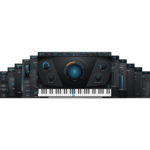

The science and engineering behind Auto-Tune – how Antares’ proprietary software manipulates pitch and timber seamlessly using advanced algorithms and processing.
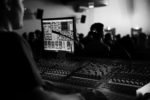
Learn how audio engineers operate audio technology and equipment to record, enhance, edit, mix, reproduce, and refine sound to ensure high-quality audio for creative projects across media formats.

Learn all about musical articulation – the techniques that determine how notes are started, shaped, accented, separated or connected. Discover articulation’s role in phrasing.

Master accompaniment fundamentals like steady pulse, harmonic enhancement, call-and-response phrases, and idiomatic style to elevate any musical ensemble you play in.

Ampere definition in simple terms – a unit that measures the rate of electric charge flow. Why audio engineers and music producers need to know amps.

Learn the past, present and future of A&R – the artist discovery engine within record labels, and its evolution in the digital age.

Crafting soundscapes, mastering mixes, and more. Delve into the multifaceted realm of audio engineering.

From classical symphonies to modern beats, explore how allegro has shaped the music world. Your guide to understanding this vibrant tempo.

Unlock your recording potential with the right audio interface. Learn what they are, how they work, and how to select the perfect one for your setup.
ASIO, or Audio Stream Input/Output, is an audio driver standard created by Steinberg. It’s used to reduce latency, or the delay time when an audio signal is processed, offering precise timing and control for professional audio recording and editing.
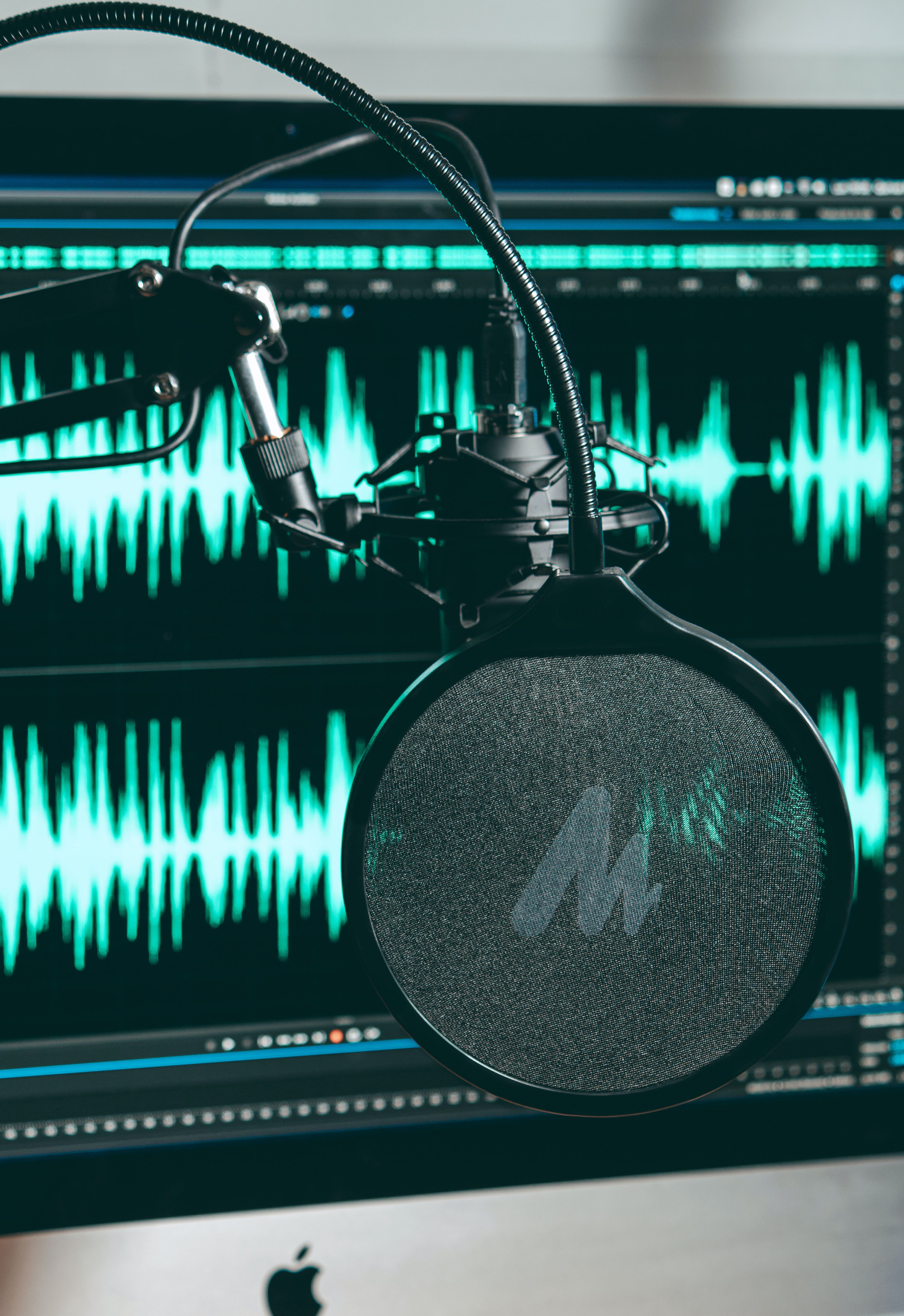
Learn the basics of amplitude, a core concept in audio production that determines loudness and dynamic range. This beginner’s guide covers everything from waveforms to compression.
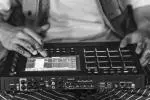
Arpeggiator refers to a music software function or hardware device that takes an input of simultaneous notes and plays them sequentially in a rhythmic pattern, producing an arpeggio effect.
An anti-aliasing filter is a tool used in signal processing to eliminate aliasing, which is a form of distortion that can occur during the analog-to-digital conversion process. It accomplishes this by filtering out frequencies above the Nyquist frequency before the signal is digitally sampled.
An audio file format is a structured method for encoding data for digital storage, specifically tailored to store audio information. This includes technical specifications for how the data is stored, compressed, and accessed.
A/B/Y comparison is a method used to compare two different options against a third reference alternative. It is often used in music production or live sound engineering to compare different audio processing settings or equipment choices to determine which one sounds better or meets the desired outcome. A/B/Y is a comparison technique widely used in […]
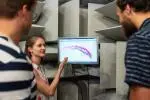
Attenuation refers to that gradual loss of intensity, the reduction of amplitude or superficially put, volume. In fact, it means to reduce or just make quieter.

This comprehensive guide covers how to get started with Ableton Live, from choosing the right edition to downloading, installing, and setting it up.

Dive into the world of sound absorption. Discover how materials transform sound waves into heat, enhancing acoustic quality.
Acoustic Coefficient is a measure of a material’s ability to transmit sound. It is typically expressed as a ratio of sound transmission loss (STL) to the incident sound pressure level (SPL). The coefficient can be used to compare the sound insulation properties of different materials or constructions. When sound waves hit a surface, some of […]
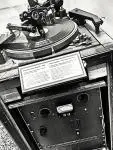
Acetate discs may seem like a relic of the past, but they continue to fascinate music lovers and collectors today. Read on to find out why.
